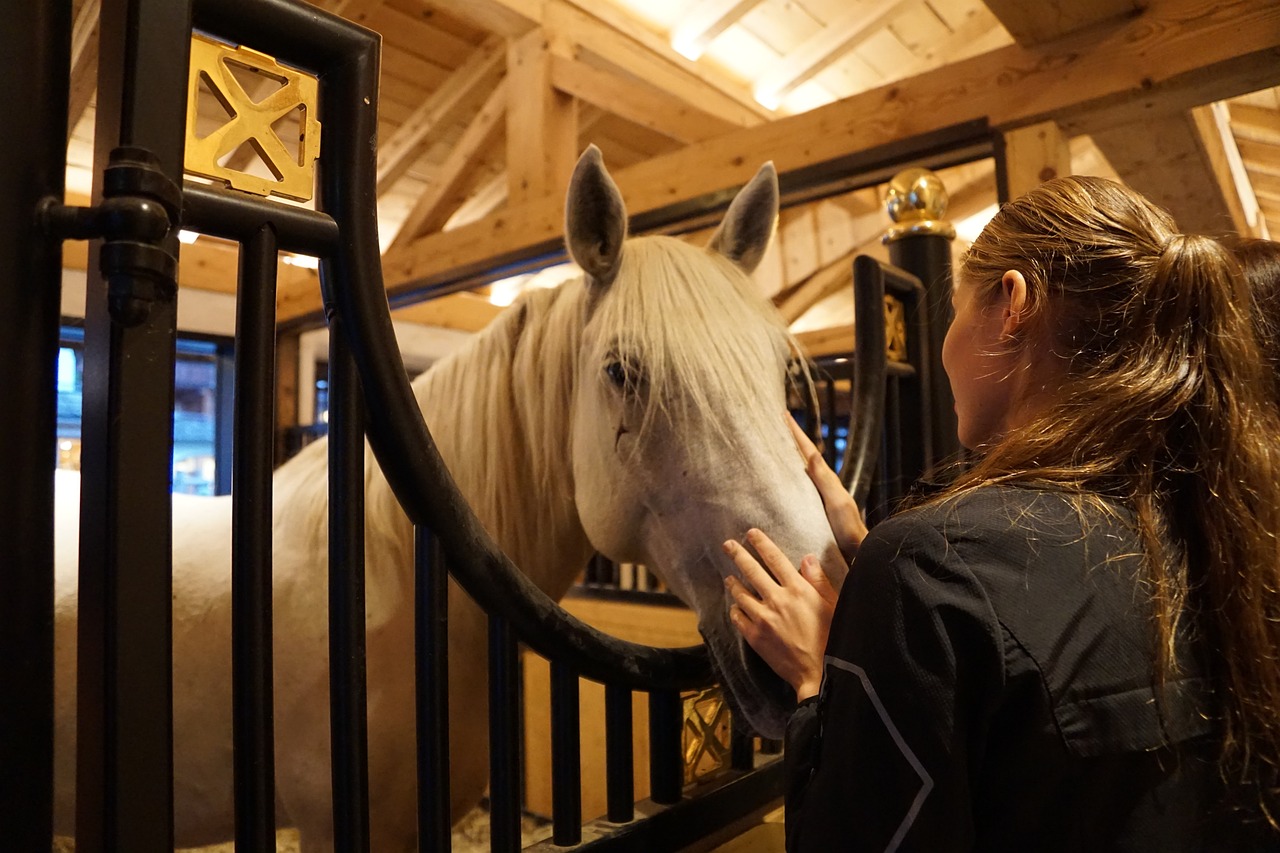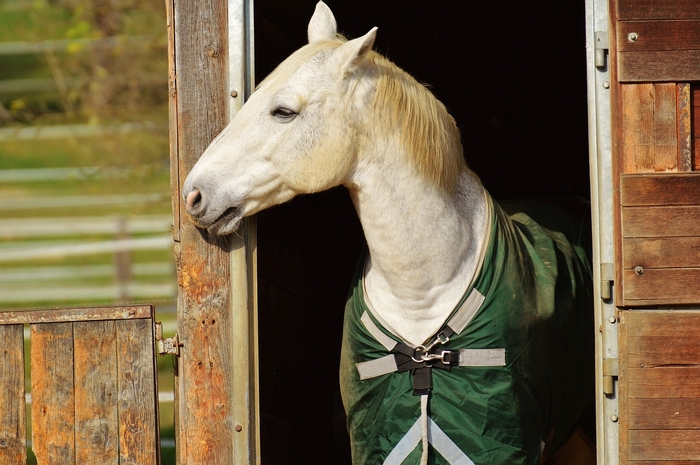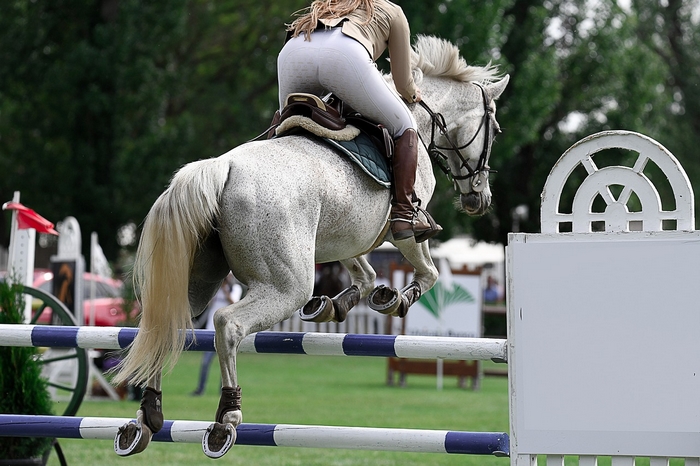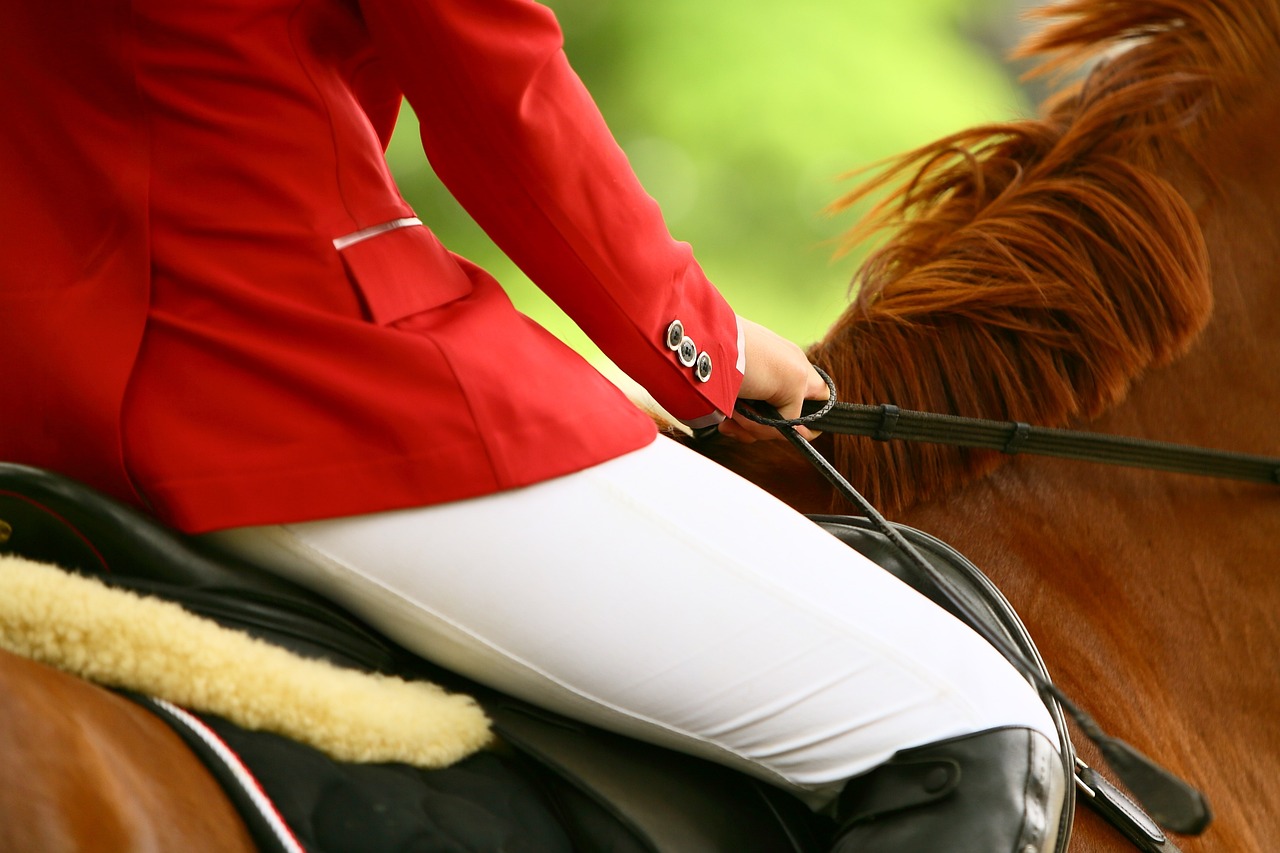A crucial pillar for health and comfort
In the equestrian world, where the bond between human and horse is so close, every detail matters.
The hygiene of textiles, whether it’s saddle pads, blankets, or clothing worn by riders, holds paramount importance. Beyond aesthetics, the cleanliness of textiles plays a crucial role in preserving the health and well-being of both horses and riders.

Prevention of equine skin diseases
Horses, like humans, are prone to various skin conditions.
Prolonged contact with dirty or poorly maintained textiles can promote the growth of bacteria and fungi responsible for dermatitis, irritations, and even infections. Soiled saddle pads, for example, can cause painful lesions on the horse’s back, compromising its comfort and performance. By maintaining rigorous hygiene of textiles, owners and riders help prevent these dermatological problems, which are often costly to treat.
Comfort and performance of horses
A comfortable horse is a performing horse.
Dirty or odorous textiles can provoke stress reactions in equines, disrupting their concentration and ability to focus during training or competitions. Moreover, poorly maintained textiles can cause rubbing and irritations, leading to discomfort and even injuries that affect the mobility and flexibility of the horse. By ensuring that textiles used on or around the horse are clean and well-maintained, owners and riders promote the overall well-being of their equine companions and maximize their performances.
Personal hygiene of riders
Beyond the comfort of the horses, textile hygiene is also crucial for the health of riders.
Riding apparel, such as breeches, vests, and shirts, are often exposed to sweat, dirt, and other pathogens present in the equestrian environment. Poorly maintained equipment can become a breeding ground for bacteria and fungi, increasing the risk of skin infections in riders. By keeping their clothing clean and regularly maintaining it, riders preserve their own health and reduce the risk of diseases related to poor hygiene.
Recommended maintenance practice
To maintain optimal textile hygiene in the equestrian environment, a few simple maintenance practices can be adopted:
- Regular Cleaning: Textiles used around horses should be cleaned regularly to remove dirt, sweat, and accumulated bacteria. Thorough cleaning, followed by complete drying, helps prevent the formation of mold and unpleasant odors.
- Use of Suitable Products: It is recommended to use cleaning products specially formulated for equestrian textiles, which respect both the materials and the environment. Some products contain antibacterial or antifungal agents for additional protection against skin infections.
- Regular Inspection: Textiles should be regularly inspected for signs of wear, tear, or deterioration. Damaged items should be repaired or replaced promptly to avoid any risk of injury to the horse or rider.
- Proper Storage: Textiles should be properly stored in a dry, ventilated area, away from moisture and direct sunlight, to prevent mold formation and discoloration.


In conclusion:
Textile hygiene is a fundamental element of the daily management of horses and riders. By ensuring their equipment is clean and well-maintained, equestrian enthusiasts contribute to ensuring the health, comfort, and performance of horses, while preserving their own well-being.
Danube offers a suitable range of solutions for washing, drying and disinfecting textiles and accessories, which you can find in our booklet on laundry in equestrian centers below.
